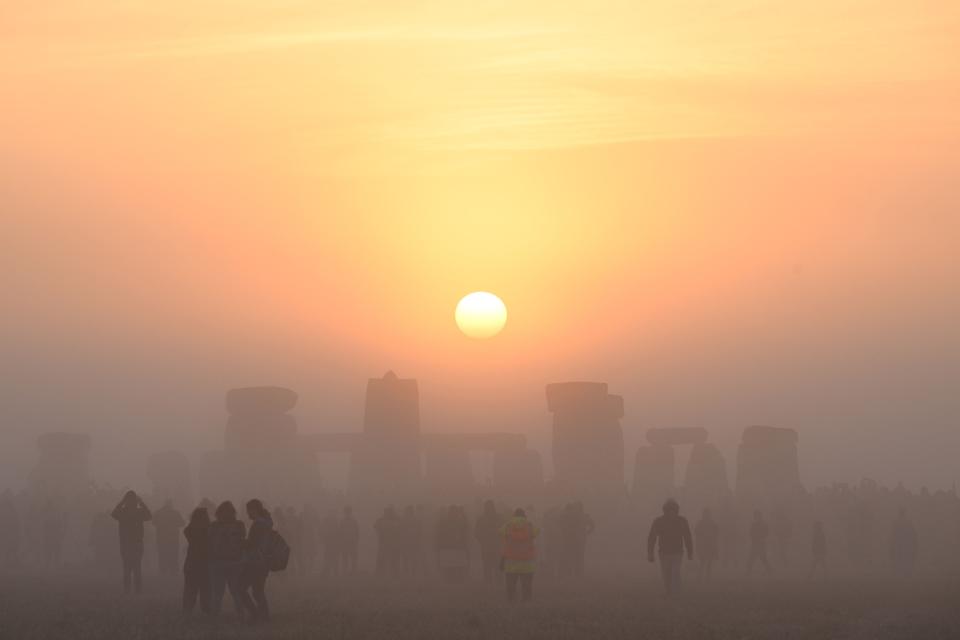Summer solstice arrives in June, bringing midnight sun to the Arctic | The Sky Guy
Last month I wrote about the Tropics of Cancer and Capricorn and their relationship to the solstices. The summer solstice for the Northern Hemisphere is June 21. Now let’s talk about how the solstices relate to the Arctic and Antarctic Circles. I’ll write about the Arctic Circle but just know the opposite is true for the Antarctic Circle.
The Arctic Circle marks the farthest location on the Earth that the Sun does not set on the summer solstice – the midnight Sun, nor rises on the winter solstice. The Earth’s axis, being tilted about 23.5 degrees to its orbit, makes the Sun to appear to move north and south throughout the year.

The Arctic Circle is located about 23.5 degrees south of the North Pole at 66.5 degrees north latitude.
Morning sky: Saturn rises around 2 a.m. in early June and around midnight in late June. It will get higher in the sky throughout the month. Jupiter rises around 5 a.m. early in the month and by 3 a.m. at the end of the month. Mercury will be barely visible until mid-June, but you’ll probably need optical aide. Watch the Moon pass a couple of bright stars and planets, see below for dates.
Evening sky: Mars and Venus are visible in the evening sky. Ruddy Mars is about a third of the way up in the west at sunset. Look for a reddish “star.” You can’t miss Venus – it is the brightest object besides the Moon in the sky at sunset. Venus gets higher in the sky night by night and gets closer to Mars. Venus sets around midnight with Mars setting shortly after. Watch the Moon pass a couple of bright stars and planets, see below for dates.
1st: Venus forms a line with the bright stars Castor and Pollux in Gemini at sunset.
2nd: Mars passes in front of the Beehive star cluster in the evening sky.
3rd: Tallahassee Astronomical Society’s free planetarium show, “June Skies over Tallahassee,” at the Downtown Digital Dome Theatre and Planetarium at the Challenger Learning Center (not recommended for children under 5). Doors close at 10 a.m. sharp.
3rd: Moon near bright star Antares in Scorpius throughout the evening into the morning.
10th: Moon rises with Saturn in the early morning.
12th – 13th: Venus passes above the Beehive star cluster in the evening sky.
14th: Moon and Jupiter rise together in the early morning sky.
19th: Moon forms triangle with the bright stars Castor and Pollux in Gemini at sunset.
21st: Summer solstice in the Northern Hemisphere – the longest day of the year.
21st: Moon, Venus, and Mars form triangle at sunset.
22nd: Bright star Regulus in Leo, the Moon, Mars, and Venus form a long line in the evening sky.
27th: Moon near bright star Spica in Virgo at sunset.
28th: Mars and Venus close together at sunset.
30th: Moon near bright star Antares in Scorpius in the evening sky.
Check out TAS’s events calendar at tallystargazers.org
Ken Kopczynski is president of the Tallahassee Astronomical Society, a local group of amateur astronomers.
This article originally appeared on Tallahassee Democrat: Midnight sun arrives in the Arctic with the summer solstice

